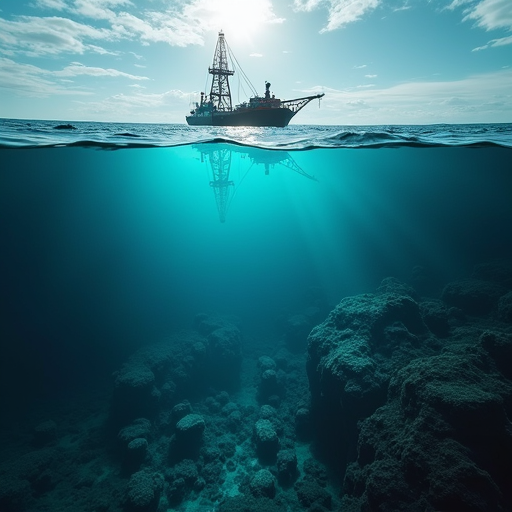
Ocean Mining: The Next Frontier or Ecological Catastrophe?
The Rise of Deep-Sea Mining
Deep-sea mining is emerging as a potential solution to meet the growing demand for rare metals like cobalt, nickel, and manganese, which are critical for electric vehicle batteries, renewable energy technologies, and aerospace applications. The Clarion-Clipperton Zone (CCZ) alone holds over 21 billion metric tons of polymetallic nodules, rich in these metals. As of 2024, only exploratory licenses have been issued, with commercial operations expected to begin by 2025 under the regulations of the International Seabed Authority (ISA).
Key Players and Global Interest
Countries like Norway, the Cook Islands, and Papua New Guinea are actively exploring deep-sea mining within their exclusive economic zones (EEZs). The Cook Islands recently signed a deal with China, while Norway's plans faced temporary setbacks due to political opposition. The U.S. has also shown interest, with executive orders aimed at expediting mining permits.
Environmental Concerns
Environmental groups, including Greenpeace, warn that deep-sea mining could cause irreversible damage to marine ecosystems. The process involves extracting minerals from the seabed, which could disrupt fragile habitats and release toxic plumes. Scientists argue that the long-term ecological consequences are poorly understood, and some advocate for a moratorium until further research is conducted.
The Future of Ocean Mining
While the economic potential of deep-sea mining is undeniable, the environmental risks pose significant challenges. Balancing industrial demand with ecological preservation will be crucial as the world navigates this new frontier.
